By Julie Wright —President
Twitter: @juliewright
The public’s lack of trust in news sources is not just a problem for journalists. It is clearly one for public relations professionals and the organizations that they represent too.
To understand what got us to this low point in trusting news and what might be done to restore trust in the media and information, I spoke to Lynn Walsh of the Trusting News project.
Lynn spent the first 10 years of her career as an investigative journalist and most recently oversaw the NBC San Diego investigative team. She served as president of the Society of Professional Journalists last year regularly speaking on and advocating for journalism ethics and press freedoms. She teaches journalism at Point Loma Nazarene University and recently, took on her new role at Trusting News. It perfectly blends her journalism and digital media experience with her passion for a healthy, thriving free press.
As project manager for the Trusting News project, Lynn works with newsrooms and journalism schools in the U.S. and Canada to conduct news engagement experiments and research leading to new best practices intended to restore trust between news media and news consumers.
Alongside project director and Poynter Institute adjunct faculty member, Joy Mayer, Lynn studies how people decide news is credible and shares that knowledge and actionable strategies that newsrooms can implement. Currently, close to 30 newsrooms are trialing these new best practices with plans to roll out the strategies that show the most promise for change.
Trusting News is funded by the Reynolds Journalism Institute, the Knight Foundation and Democracy Fund.
- What is the mission of the Trusting News project?
Our goal is to rebuild trust between journalists and the public and we do that by working with newsrooms helping them be transparent in their reporting and encouraging engagement with their readers, listeners and viewers.
- What is driving the lack of trust in media?
The responsibility is on both sides. Both news media and news consumers have been struggling to adapt to the digital news environment and how it changed the relationship between journalists and the public.
 In the past, consumers of news didn’t really have that many options. They got the newspaper from their doorstep or turned on their TV, and the news was delivered to them. Now, they also discover news digitally when they’re searching online or using social media.
In the past, consumers of news didn’t really have that many options. They got the newspaper from their doorstep or turned on their TV, and the news was delivered to them. Now, they also discover news digitally when they’re searching online or using social media.
News has also become less of a one-way delivery system. People can now respond to your content.
News organizations didn’t do a good enough job of adapting to the changes created by this new digital format. They continued to deliver the news in the format they always have.
For instance, we didn’t do a good job of labeling the content when we moved it over to the digital space—is this a news article, a blog post or an opinion piece? People have no way of telling what kind of content they are discovering digitally and how to filter it.
The public also does not understand what journalist do, how they do their jobs and how the news media works. That means that people aren’t prepared and equipped to decide whether what they’re seeing is news or someone’s opinion.
- What can the media do about that?
I think from my personal experience dealing with members of the public, it’s about having conversations, explaining why we chose to cover a story or interview an individual on a subject matter, why we blurred a photo or didn’t use someone’s name. Explain the decisions we make every day.
Labeling is key here. If you have a story that’s an opinion story, don’t call it an op-ed since people don’t know what that is. Label it as opinion. Be clear about labels and make sure that label follows that story online and when shared on social media. Be clear about labels for the people we as broadcast journalists put on air too—not just calling everyone an expert. For instance, what is an analyst? Are they a reporter or giving an opinion?
We need to be honest with our viewers when we are putting someone on who is just sharing an opinion.
- How do you see this trust issue impacting professional communicators like PR people and spokespeople?
Unfortunately, where we really are now and have been for a year or more is that people just don’t trust what they’re hearing and reading. It doesn’t just apply when it’s coming from a news organization. It can be coming from a press release on someone’s website or a blog post. People are questioning everything and searching to find information that can disprove it. So, the trust issue doesn’t just apply to news organizations. It applies to all information.
People don’t trust facts anymore. People think that facts can be debated. It extends beyond news.
- How do you see things five years from now? Better or worse?
I really hope that five years from now I’m not having to teach people how to build trust, be transparent and build credibility with their audience. I hope we begin to be open about how we are telling our stories, why we chose this person to talk to and not be hesitant to talk to people who are critical of our reporting. If we didn’t include something in a story, I hope that we’d be comfortable going back and telling that side of the story or incorporating that missing viewpoint.
This is a new kind of storytelling. It’s things we’ve always done but just in a more transparent way.
To get there, we need some of the biggest news organizations to buy in. When you look at 24-hour news organizations, this isn’t happening. We need CNN and Fox News to start labeling stories and their experts and pundits properly. Hopefully, they will do a better job of separating for the public what is news content and what is opinion.
So far, that’s not happening.
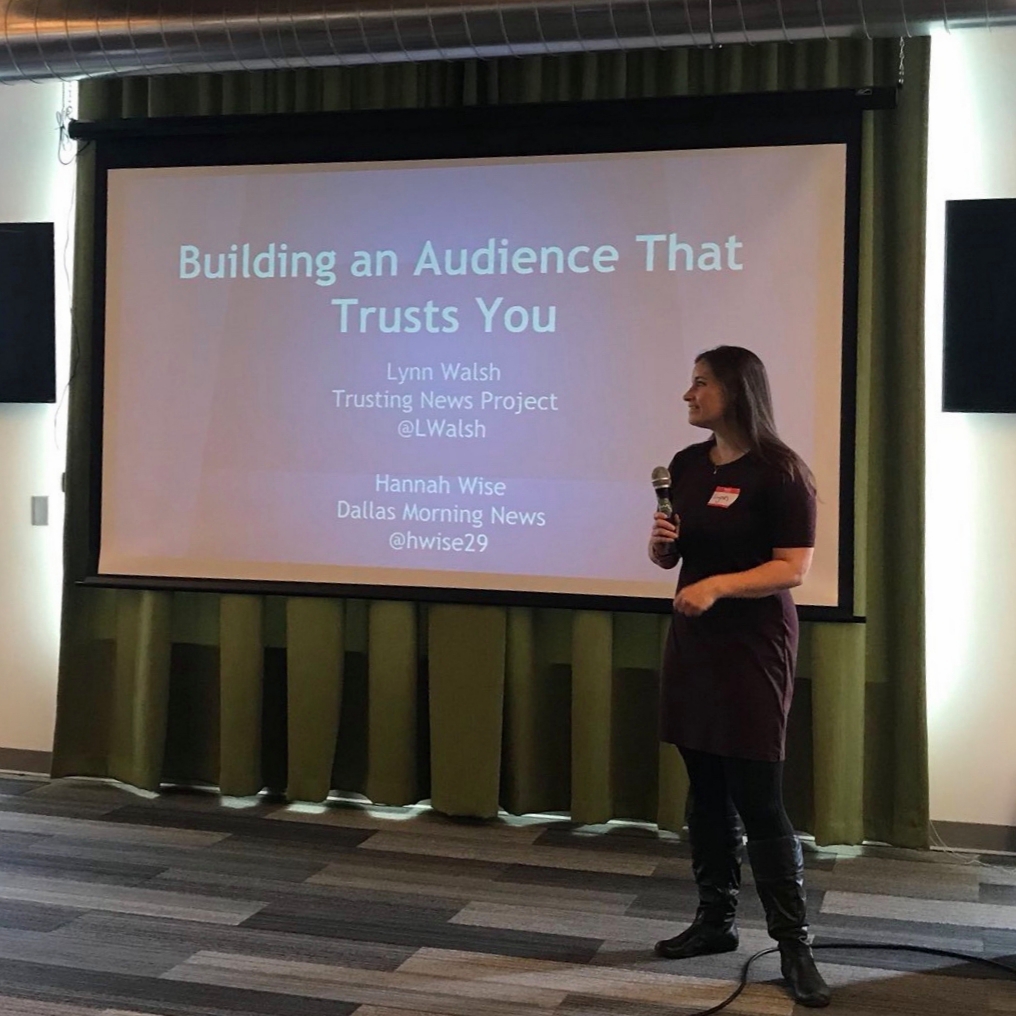
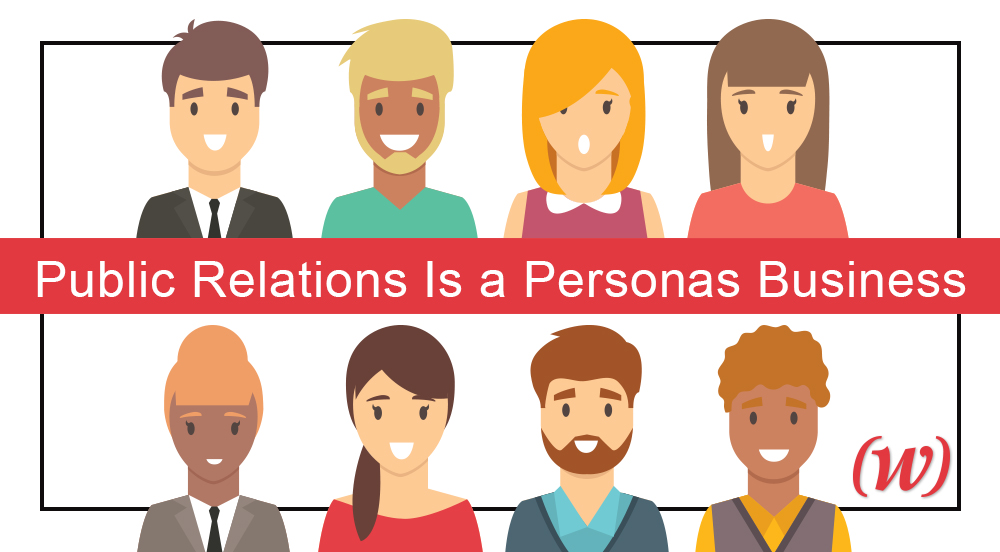
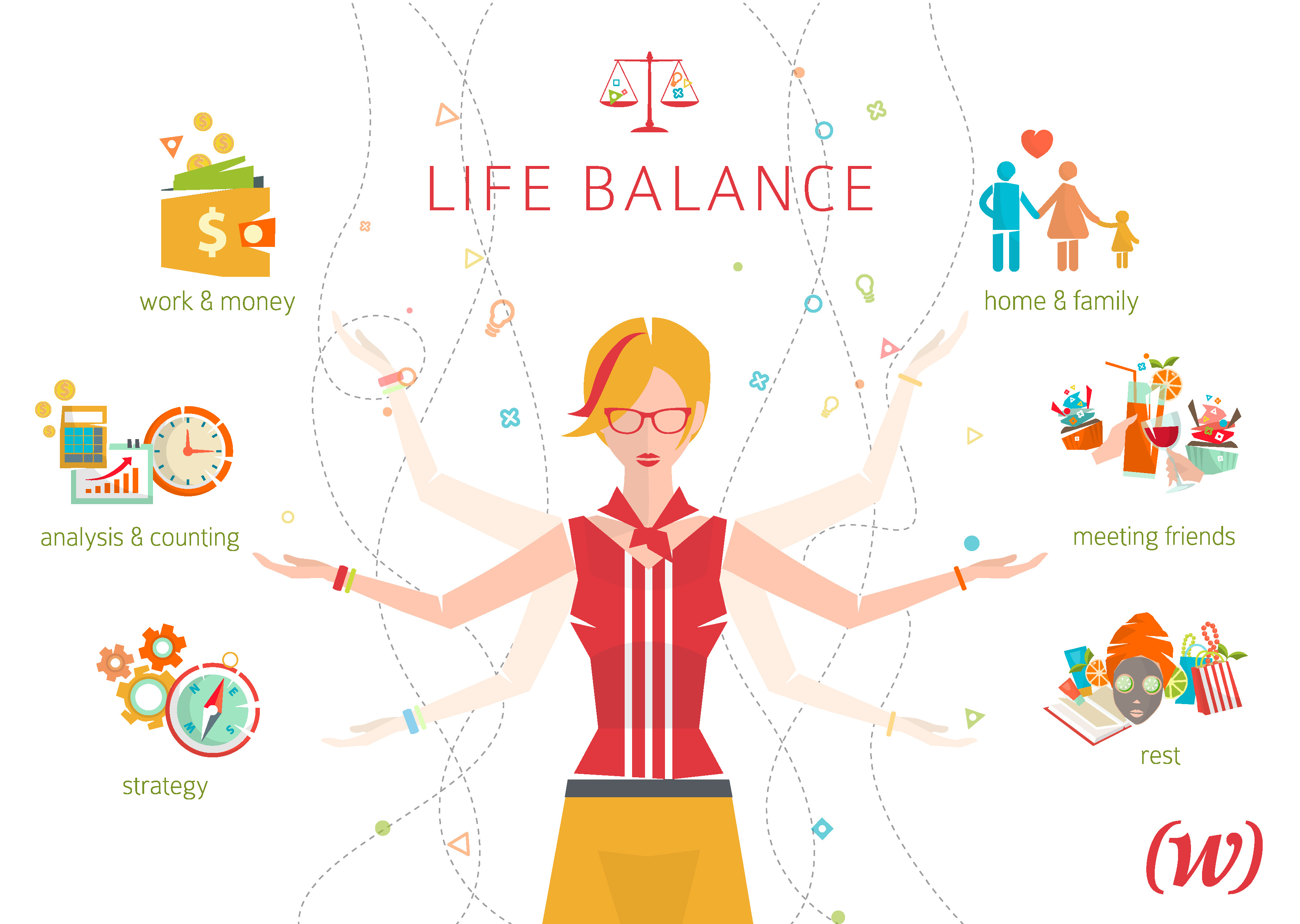
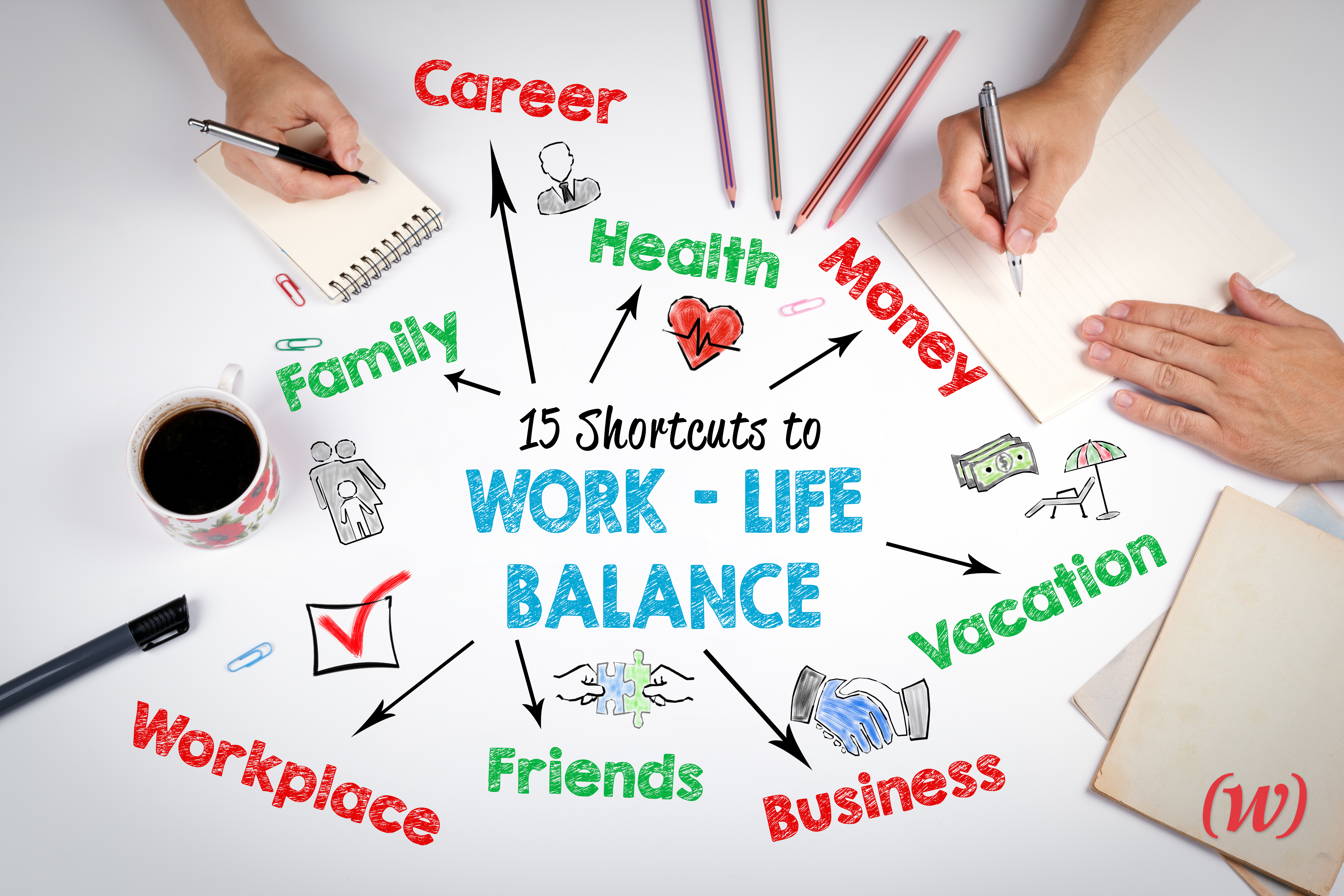 It’s not the content marketer’s job to convince each persona of what they need. It’s their job to figure out what the persona’s needs are and then speak to them with their content and present their product or solution as the ultimate solution.
It’s not the content marketer’s job to convince each persona of what they need. It’s their job to figure out what the persona’s needs are and then speak to them with their content and present their product or solution as the ultimate solution.
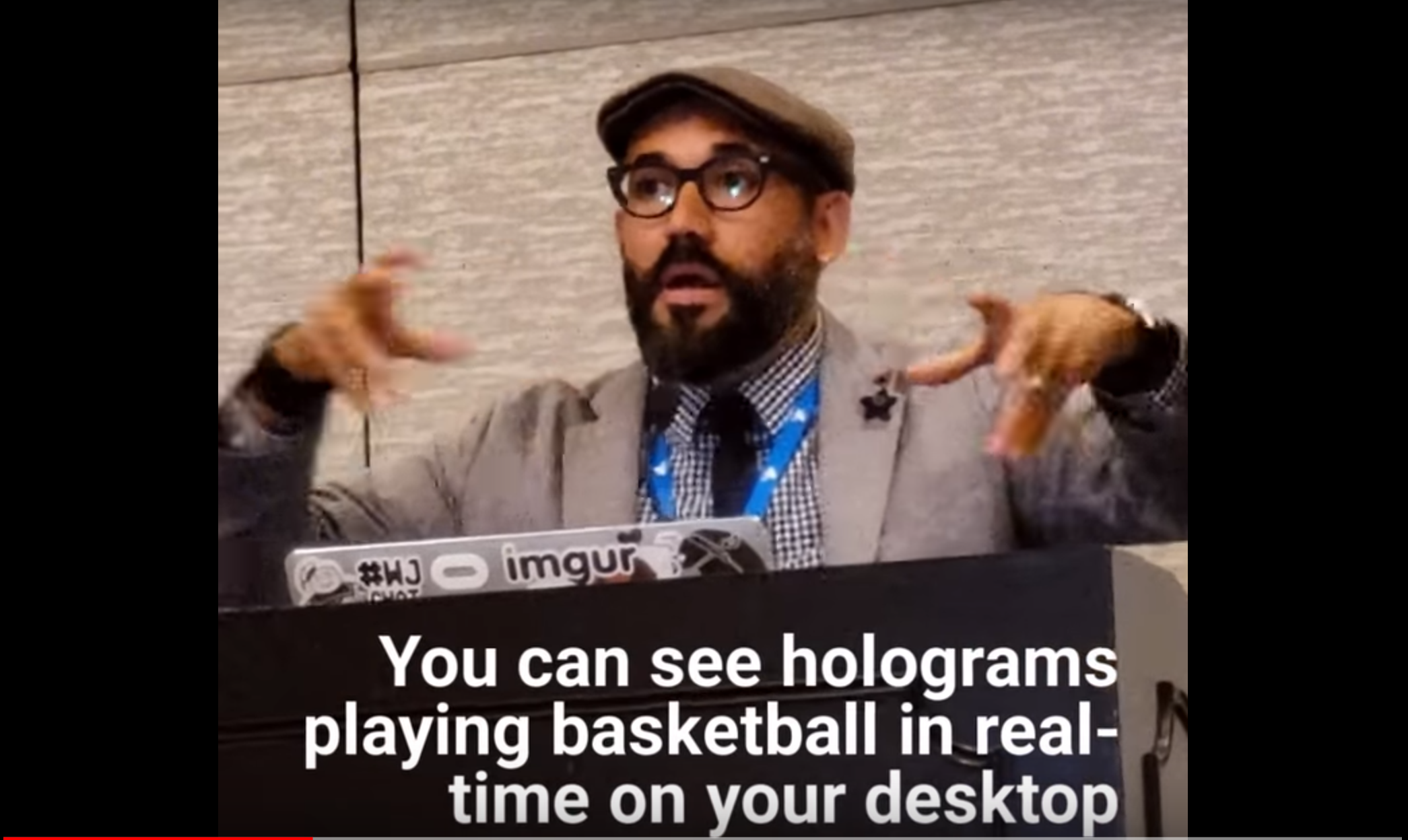
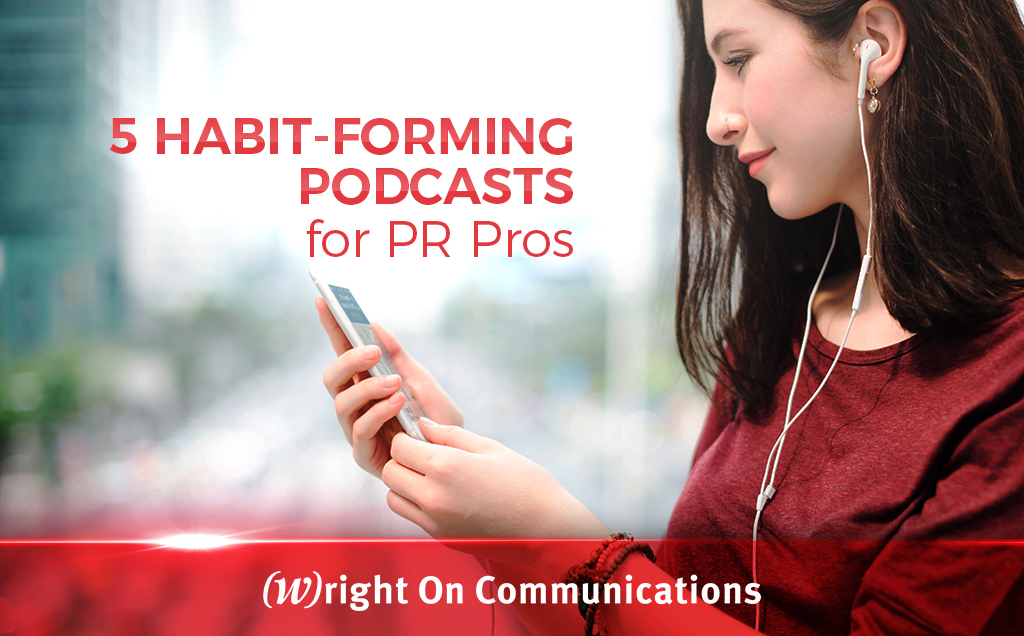
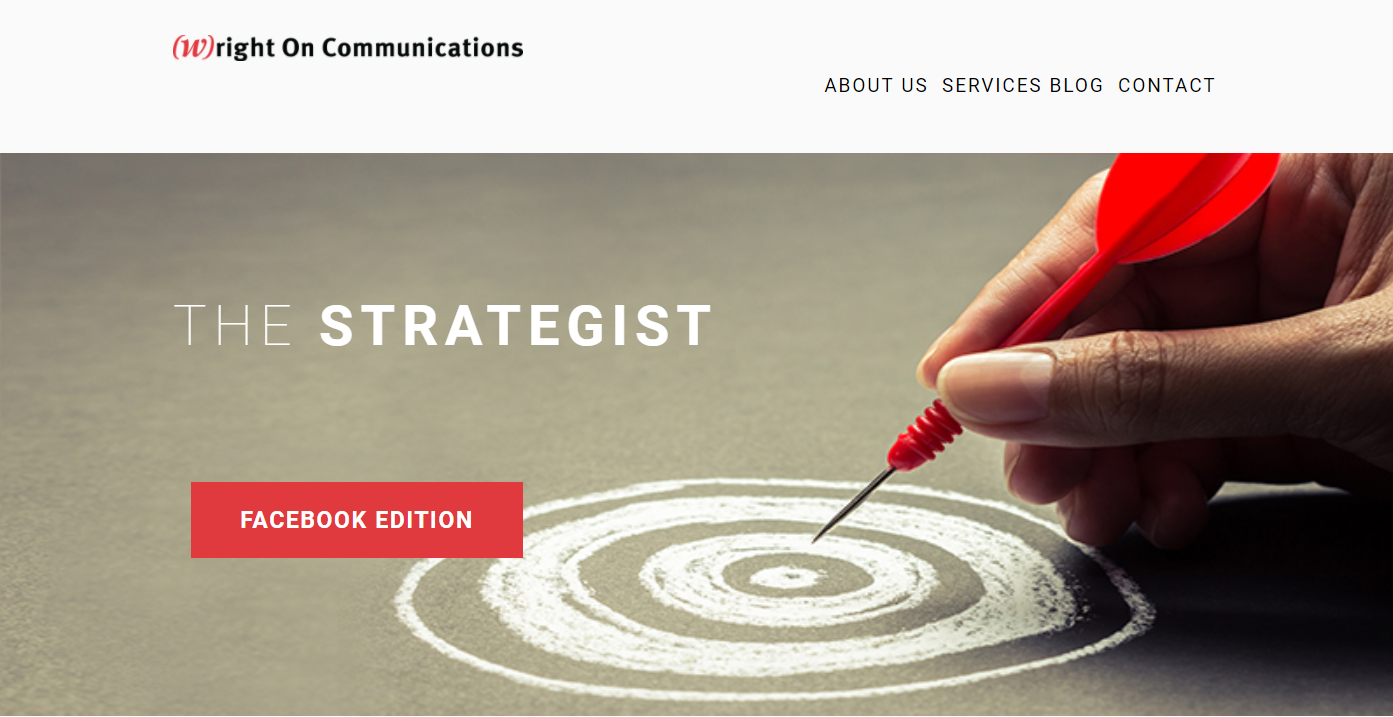
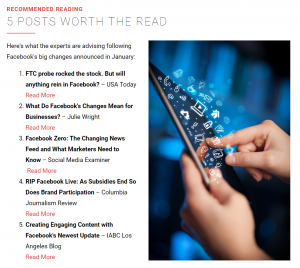




 Grant Wright
Grant Wright






 Corie Fiebiger
Corie Fiebiger
 Shae Geary
Shae Geary Roman Lukjanenko
Roman Lukjanenko Phelan Riessen
Phelan Riessen Katrina Early
Katrina Early Hamish Marshall
Hamish Marshall